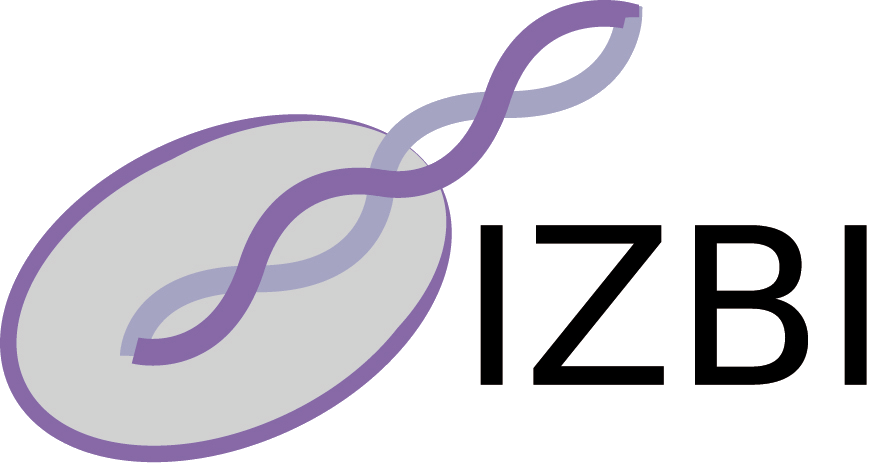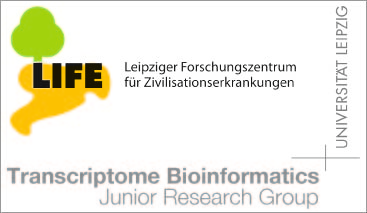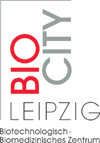Publications - Published papers
Please find below publications of our group. Currently, we list 565 papers. Some of the publications are in collaboration with the group of Sonja Prohaska and are also listed in the publication list for her individual group. Access to published papers ( ) is restricted to our local network and chosen collaborators.
If you have problems accessing electronic information, please let us know:
) is restricted to our local network and chosen collaborators.
If you have problems accessing electronic information, please let us know:
 ) is restricted to our local network and chosen collaborators.
If you have problems accessing electronic information, please let us know:
) is restricted to our local network and chosen collaborators.
If you have problems accessing electronic information, please let us know:©NOTICE: All papers are copyrighted by the authors; If you would like to use all or a portion of any paper, please contact the author.
Chemical Transformation Motifs --- Modelling Pathways as Integer Hyperflows
Andersen, Jakob Lykke and Flamm, Christoph and Merkle, Daniel and Stadler, Peter F.
Download
Status: Published
IEEE/ACM Trans. Comp. Biol. 16: 510-523
Abstract
We present an elaborate framework for formally modelling pathways in chemical reaction networks on a mechanistic level. Networks are modelled mathematically as directed multi-hypergraphs, with vertices corresponding to molecules and hyperedges to reactions. Pathways are modelled as integer hyperflows and we expand the network model by detailed routing constraints. In contrast to the more traditional approaches like Flux Balance Analysis or Elementary Mode analysis we insist on integer-valued flows. While this choice makes it necessary to solve possibly hard integer linear programs, it has the advantage that more detailed mechanistic questions can be formulated. It is thus possible to query networks for general transformation motifs, and to automatically enumerate optimal and near-optimal pathways. Similarities and differences between our work and traditional approaches in metabolic network analysis are discussed in detail. To demonstrate the applicability of the mathematical framework to real-life problems we first explore the design space of possible non-oxidative glycolysis pathways and show that recent manually designed pathways can be further optimized. We then use a model of sugar chemistry to investigate pathways in the autocatalytic formose process. A graph transformation-based approach is used to automatically generate the reaction networks of interest.















